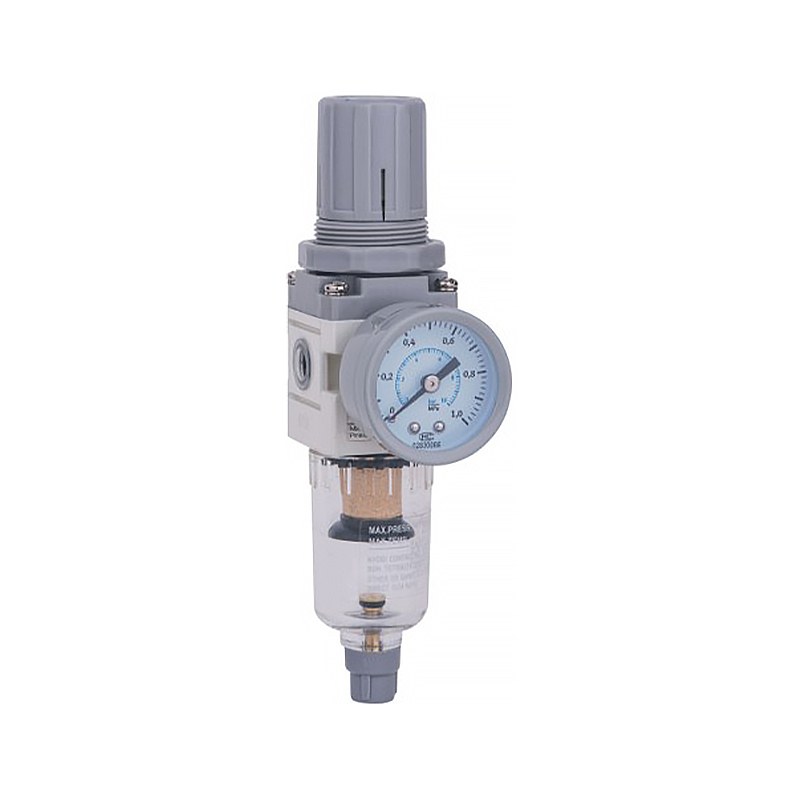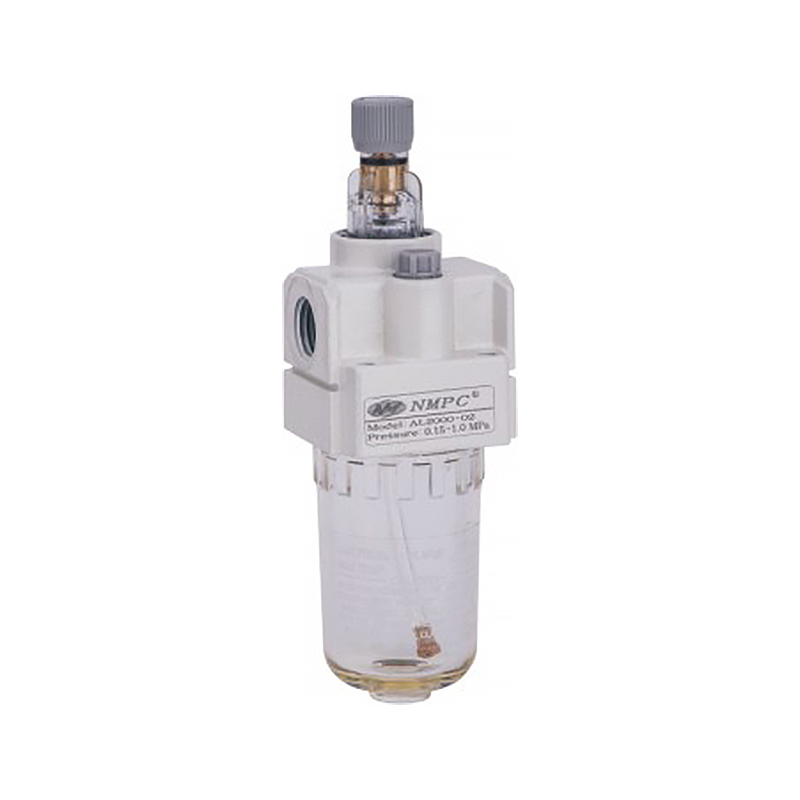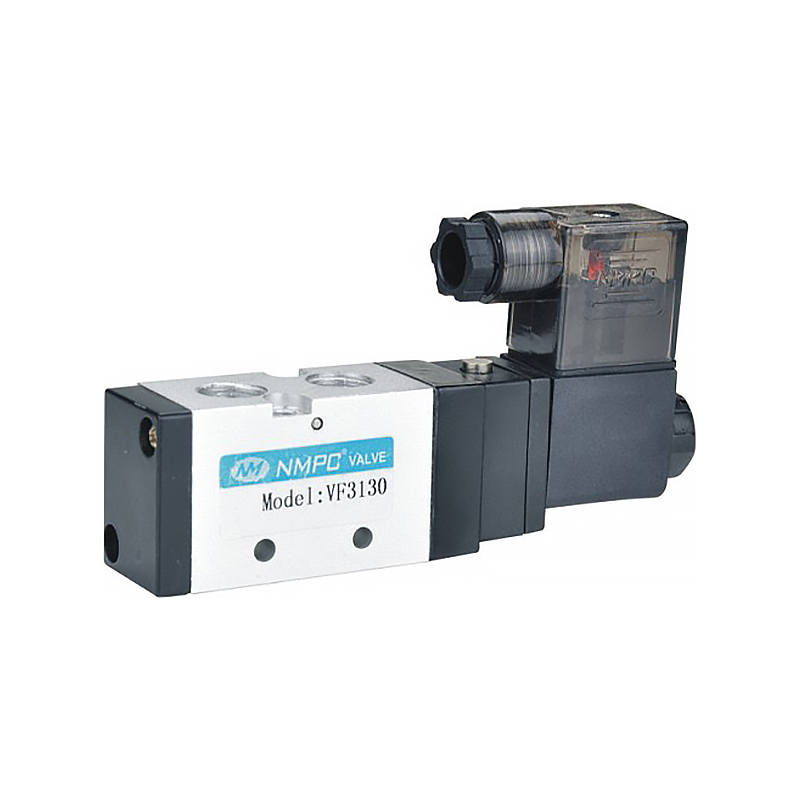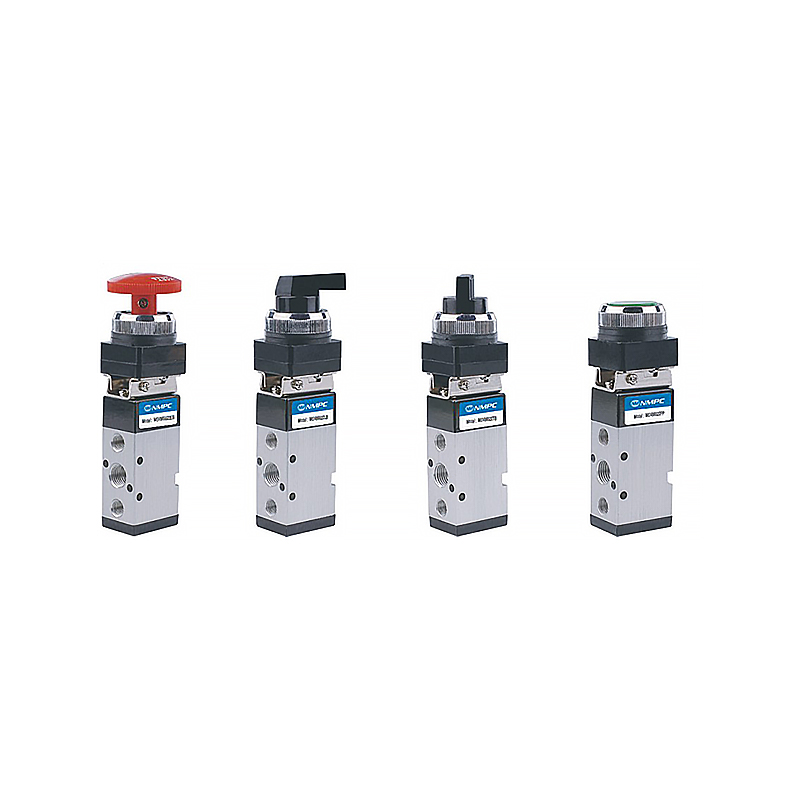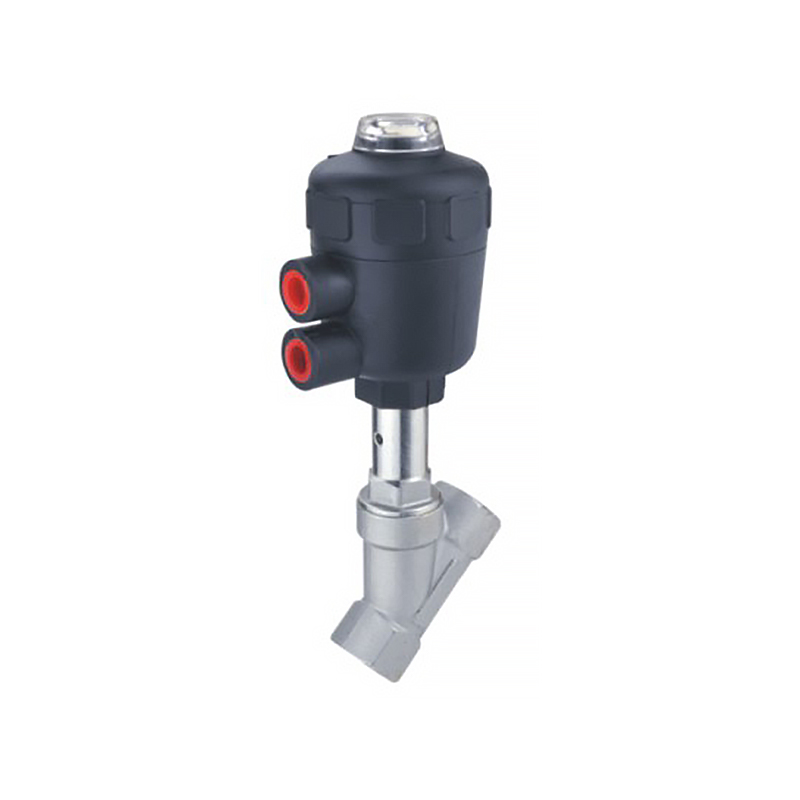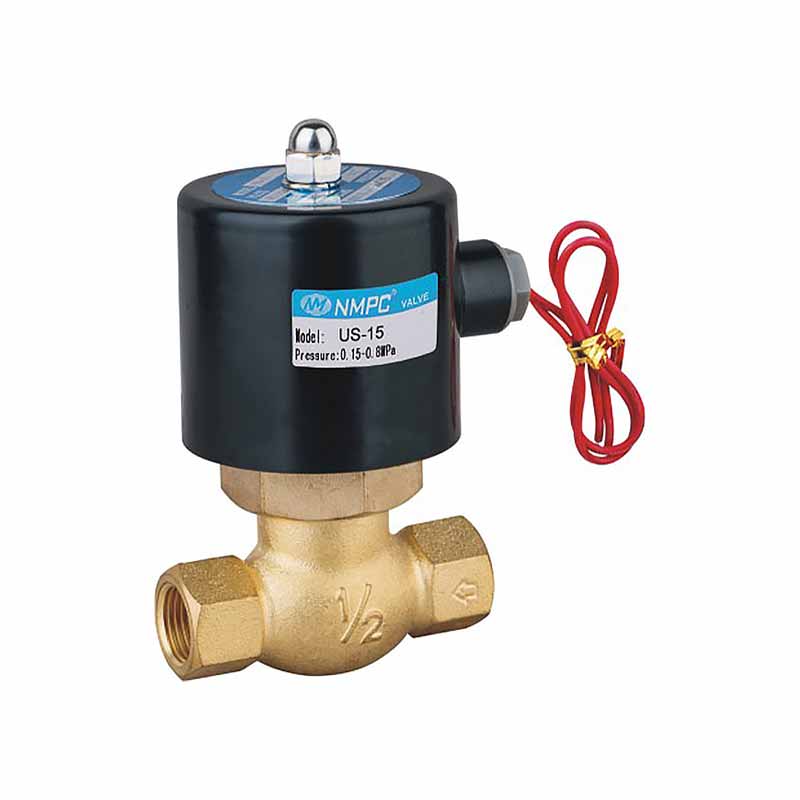Copyright 2022 © Ningbo Xinmadi Automation Technology Co., Ltd. All Rights Reserved.

A pneumatic lubricator operates over a wide range of pressures and operating temperatures. Each model offers a variety of bowl capacities that can accommodate a range of air flows. The best choice for your application will depend on how often and for how long you will use the lubricator. If the lubricator will be used by multiple users, choose one with a lockout mechanism to prevent accidental adjustments. Some models offer visual or electronic P indicators or system pressure switches to alert operators when it is time to change the filter element.
Lubricators are designed to introduce atomized oil into the compressed air flow to provide lubrication to operating pneumatic equipment. They are sized to be able to dispense an amount of oil that is specified at the device operating manual for optimum performance.
Some types of lubricators can dispense an excessive amount of oil at starting conditions because the air flow has to fill the entire chamber and disperse the oil droplets in a timely manner. They may also dispense too much oil when the air flow slows, especially with rapid cycling devices such as valves and cylinders. This type of lubricator is well suited to complex systems, multi valve and cylinder applications and manifolds with up-hill and/or circuitous pipework. Other types of lubricators are able to dispense a very small amount of lubricant at all operating conditions, even when the air flow is slow.


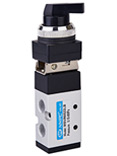
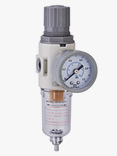
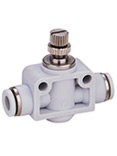
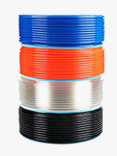
 简体中文
简体中文 English
English